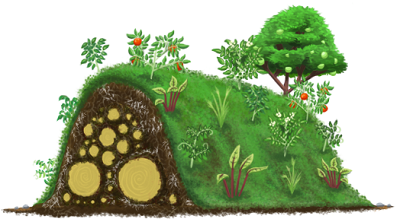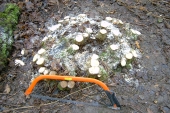
 2
2




My books, movies, videos, podcasts, events ... the big collection of paul wheaton stuff!




Never doubt that a small group of dedicated people can change the world, Indeed it is the only thing that ever has. Formerly pa_friendly_guy_here
 1
1




My books, movies, videos, podcasts, events ... the big collection of paul wheaton stuff!
 1
1




My books, movies, videos, podcasts, events ... the big collection of paul wheaton stuff!
 1
1





 1
1




Oliver...
www.NWoodsRanch.com




Adventures in Gardening! http://backyardgirlie.weebly.com/index.html | Live Happy and Prosper |




paul wheaton wrote:And, of course, hugelkultur style raised bed gardens

 1
1




Never doubt that a small group of dedicated people can change the world, Indeed it is the only thing that ever has. Formerly pa_friendly_guy_here




 1
1




SE, MI, Zone 5b "Opportunity is missed by most people because it is dressed in overalls and looks like work."
~Thomas Edison








Zone 5/6
Annual rainfall: 40 inches / 1016 mm
Kansas City area discussion going on here: https://www.facebook.com/groups/1707573296152799/




Alex Ojeda wrote:
paul wheaton wrote:And, of course, hugelkultur style raised bed gardens

I thought that pine was a bad thing in Hügelkultur. No? Should you use just one tree per mound or can you load it up?


|
Can you hear that? That's my theme music. I don't know where it comes from. Check under this tiny ad:
turnkey permaculture paradise for zero monies
https://permies.com/t/267198/turnkey-permaculture-paradise-monies
|




